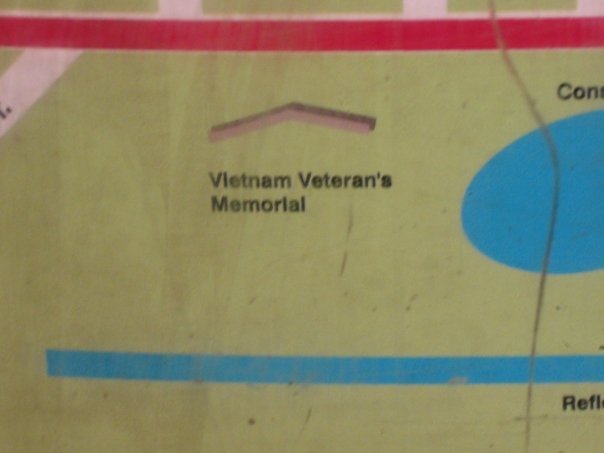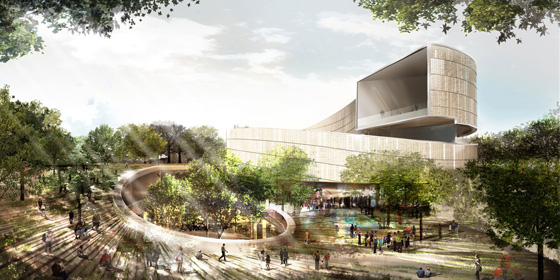But then I remembered that the great thing about master plans is that you don’t have to follow them very closely, so you can keep what you want and take what you need. The drawings and guidelines are not permanent impositions on the urban landscape. They’re ideas. Ideas are cheap and BIG is good at rethinking basic concepts in fresh ways, even going so far as to be able to propose how to realistically bring unconventional projects to reality. I don’t know if I would like to see Morphosis’s intervention in the Arts and Industries building, but it did cause me to look at the building again, to see its qualities and how it might be adapted.
Too much architecture in DC starts out tame and ends up lame. Sometimes its because of design review and sometimes its because of style anxiety. So, it’s important to start thinking big here, and dial it down when it comes to a serious proposal. So, I say we see what BIG proposes for what has to be the most heterogenous block in DC – The Castle, the Hirschorn, the Freer, and the Ripley Center – that’s most of the past two centuries’ movements – and let their ideas challenge whatever architects complete each project.



